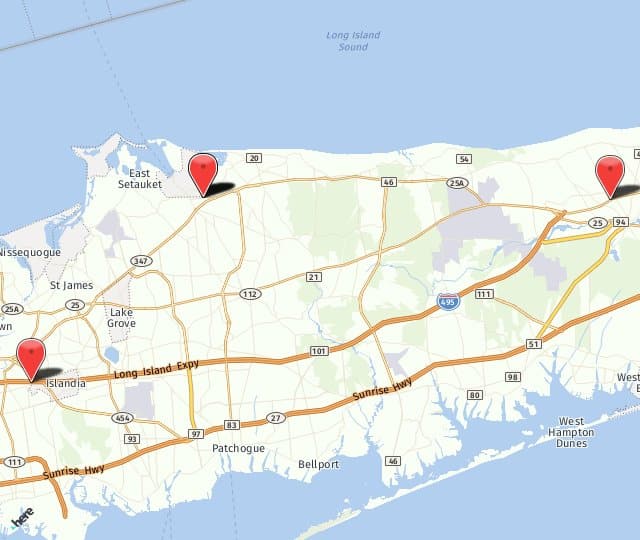Laser atherectomy is a new and efficient method of removing plaque from blood vessels clogged by peripheral artery disease. Peripheral artery disease or PAD, also known as peripheral vascular disease or PVD, is caused by atherosclerosis. Atherosclerosis is a condition in which the arteries become clogged with plaque and blood flow is impeded. PAD most frequently occurs in the legs, but can occur elsewhere in the body. Arterial plaque, made up of cholesterol and other substances, usually forms in arteries already narrowed and hardened by the process of arteriosclerosis, a normal part of aging.
Previously, atherectomy was performed using a sharp blade to remove plaque from a blood vessel. During a laser atherectomy, a laser beam is employed to vaporize the offending debris. Laser atherectomy is a minimally invasive procedure designed to allow the damaged blood vessel to dilate, increasing blood flow, and provide for the necessary oxygenation of the tissues involved. This procedure is particularly helpful in treating arterial blockages in smaller branches of blood vessels. While laser atherectomy is an innovative procedure with many benefits, it may not be appropriate for all patients with PAD.
Symptoms of PAD
Peripheral Vascular Disease most often affects the legs, but can also occur in the arteries leading to the arms, head or internal organs. The most common symptoms may include:
- Leg pain that when exercising
- Numbness or coldness of the legs or feet
- Discoloration or loss of hair on the legs or feet
- Muscle pain in the thighs
- Weak or absent pulse in a limb
- Abnormal gait
Diagnosis of PAD
Various instruments and tests can detect the presence of vascular disease. These may include:
- Blood pressure cuffs
- Doppler and intravascular ultrasound
- MRI or CT scan
Procedure of Laser Atherectomy
During a laser atherectomy, a thin catheter is inserted and moved through the artery to the site of the arterial blockage. High-energy laser light beams emitted through the catheter are aimed at the blockage and the plaque is then vaporized. Once the plaque is dissolved, the remaining traces are removed by the catheter or, if small enough, simply permitted to circulate through the bloodstream.
The procedure is usually performed under sedation and local anesthesia. Laser atherectomy may be performed alone or in combination with an angioplasty. In some cases, a contrast dye is employed to assist the doctor in visualizing the surgical site. The laser atherectomy procedure takes an hour or two to perform, depending on the complexity of the individual case. Since it is minimally invasive, the patient is most often able to return home later on the same day.
Risks of Laser Atherectomy
While generally very safe, laser atherectomy for PAD, like any surgical procedure, involves some risks. The risks of this procedure may include:
- Thermal injury
- Blood vessel thrombosis
- Embolism
- Spasms
- Failure of the procedure
Complications from a laser atherectomy for PAD are rare. Recurring blockage of the artery is more likely among smokers.
What People Say About Us!
"Everyone very nice and friendly. Explained everything that was going on and answered all my questions. Thank you."
Recovery from Laser Atherectomy
Patients are usually able to resume normal activities in a few days after a laser atherectomy. It is likely that a patient who has undergone a laser atherectomy will be prescribed aspirin, anticoagulants and or antiplatelets to prevent the formation of blood clots. The symptoms of PAD are usually helped greatly by the laser atherectomy, but unless the patient makes healthy lifestyle changes relative to diet, exercise, and quit smoking, atherosclerosis can reoccur.
Schedule a Consultation Today!
At The Suffolk Vascular & Vein Center in New York, we want to help you live a healthier and better life. For over 25 years we have treated the full spectrum of arterial disease, and we are proud to offer state-of-the-art treatments and technologies right at our outpatient interventional suites.
Fully accredited by the American Association for Accreditation of Ambulatory Surgery, you can count on us to perform expert level procedures on you. Give us a call at our Port Jefferson Station office at 631-476-9100. You can also call our Hauppauge office at 631-979-0222, or our Riverhead office at 631-591-9003. You can also visit us at www.suffolkvascular.com to schedule an appointment.

